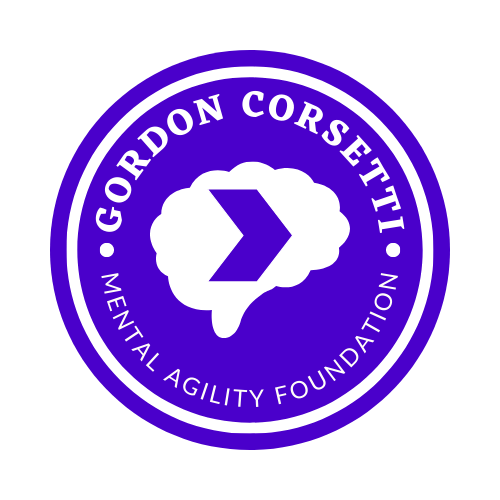T.I.P.P.
/One of the skills I’ve used the most, which also happens to be the most popular Distress Tolerance skill at this treatment facility, has been T.I.P.P.:
Temperature
Intense Exercise
Paced Breathing
Paired Muscle Relaxation
The idea is when you experience an unpleasant or unwanted emotion, you T.I.P.P. the scales in your favor by using one or all of the suggestions.
Temperature - place an ice pack on your face for about 45 seconds. You’ll trigger the mammalian dive reflex to turn on, which will lower your heart rate. Alternatively, you could take a hot shower and burn away some of your frustrations. Or, if you really want to amp it up, cycle between hot and cold water. Your body will spend more energy acclimating to the environment and you’ll be distracted from whatever unpleasant emotion started you off with T.I.P.P. in the first place.
Intense Exercise - it’s hard to be pissed off while simultaneously working out strenuously. This was my first anti-depressant before I knew I had depression. I spent my teenage years kickboxing and practicing Gracie Jiu-Jitsu. I got worked in every class, but the best part was: I was working too hard to think about how sad I was. As much as we like to think we can multitask - we can’t. The brain doesn’t multitask well at all; it switch-tasks. Some of us are better at switching more rapidly than others, but by and large, intense exercise will distract your brain and give you space to think new, healthier thoughts.
Paced Breathing - I use this technique all the time. It keeps me from panicking in large crowds, eases my car sickness, and gives me a simple problem to solve. It’s also the simplest and easiest technique in T.I.P.P.. Exhale fully, inhale for four seconds. Hold your breath for four seconds. Exhale for four seconds. Hold empty for four seconds. Repeat. Your breath is like the bellows of a furnace. To keep the fire burning at the best temperature, you need consistent pumping action. Watch a smelter using a bellows pump - it’s slow, deliberate, and consistent. That puts the most air into the system. It gets stale air out of the system, and it gives you a super simple counting problem to distract your brain from whatever upsetting thought might be running across it.
Paired Muscle Relaxation - when I was in physical therapy for tight calves and knee pain, my therapist asked how I felt about needles. I responded guardedly that I was okay with them, but wasn’t sure how they factored in to physical therapy. Then she introduced me to dry-needling, which involves sticking a needle into muscle tissue, forcing it to contract, and then allowing the tissue to naturally relax when the needle is removed. It’s easily the most painful procedure I’ve ever had done to me, and I have both of my ribs tattooed. You can mimic a less-intense version of dry needling by tightly contracting a muscle, your bicep for instance. Hold it until your arm shakes for a second or two, then relax. You should feel the muscle immediately become less tense. Check out the video at the end of this post for an example of how to do a full body progressive relaxation.
I encourage you to keep T.I.P.P. in mind if you feel your thoughts getting away from you, or if you have thoughts that frighten you. We may not be able to control the first thoughts that come into our heads, but we do have the power to choose a measured response to our thoughts that can be better for our mental health.



